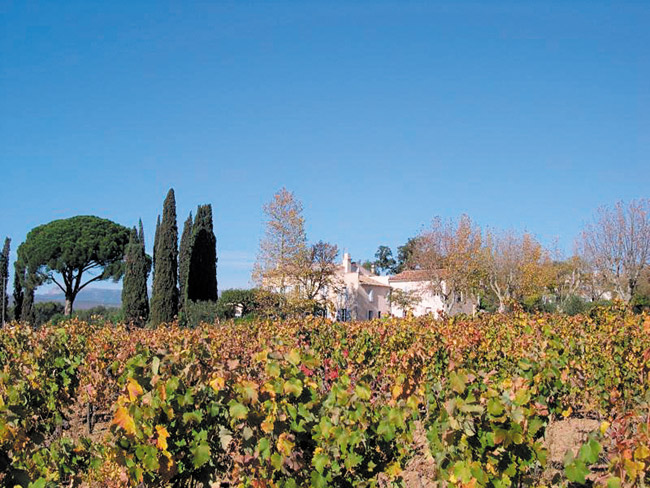A Critical Evaluation Of Wine Ratings
As long as there is wine to drink there will be wine critics. The influence that critics wield in the wine industry is massive. Time magazine called Robert Parker “the most powerful critic in the world.” They can sway the majority of the drinking public in ways that any other critic could only dream of.
In fact, I would go as far as to say that wine critics are interwoven into the wine industry more than any other type of critic in any other art form or food item in the world.
I also think that the wine industry needs them. I have elaborated on this before, as I do think newbies to the wine world need guidance, and without unlimited funds the best way to get that is to find a critic (or better yet, a wine shop owner) who shares your palate.
But this column is not designed completely around the wine critic, per se. As much as wine critics are a part of the wine industry and more specifically in the retail trade, I am seeing an alarming trend in the restaurant trade. I see more than ever before wine lists that include the ratings of the wines.
In our technologically advanced age we can get instantaneous information about any wine on the Web with our smartphones. In fact, there are even restaurant and hotel wine programs that feature their entire beverage programs on smart devices such as the iPad. The amount of information that one can dig through about a single wine is almost limitless. And information about wine in itself is wonderful, as the more informed we are about the wine, the better we are at selecting which one to drink.
But let’s not mince words – if a wine has a high rating from any critic, that is probably the first thing that you will see in its description or, at minimum, on the first page.
I am not sure how to feel about this trend. At first glance, I cannot fault a restaurateur who is marketing wines to guests in the easiest way possible. It would be like going to any fine wine retailer and seeing all the ratings, or shelf talkers, popping out on the displays. Listing the ratings makes the guest more comfortable about choosing a wine they have never tasted before. It also makes them feel better about the money they’re spending, as the wine already has been vetted by an “expert.” It is validation for their selection. Most restaurants do not have a sommelier or anyone else who might be able to guide a guest through the wine list. So by adding ratings from critics, the guest will have some guidance in choosing a wine. Is this not a good thing? I sure like to make sure that my money is well spent.
Conversely, it makes the wine much less personal and more commoditized. The inherent weakness of rating a wine by numbers is that there is no accounting for cuisine, culture, sense of place, mood or personal taste – all of which are equally important in the enjoyment of wine as the wine’s inherent weight and flavor. Ratings strip down all the flavor of a wine into two naked digits. And to me that is quite sad. All the work and diligence that families, people with their own hands and personalities, put into a product that they nurture from fruit that they grow in the earth. All of that is listed with simply a number.
But I must admit that I don’t see any slowing of this trend to include ratings on wine lists. In fact, I suspect that there will be more of it. It is clean and simple, but perhaps in the worst way.
Recommendations: 2009 Malvira Arneis Roero Trinita ($22) If you have never tried an Arneis, please let this be your first. It is amazingly pure, wonderfully citrus scented and seamless. There is an airy and refreshing quality that makes you want to drink more of it. You must try it with seafood, any seafood. Simply delicious! 2012 Domaine Tempier Bandol Rose ($35) If there is a better dry rose on earth, I have not tried it. There, I wrote it! One taste and you will see why this wine has its own cult following. Amazing flavors and depth, and simply stunning when you have it with shellfish – yum! rviernes@southernwine.com






